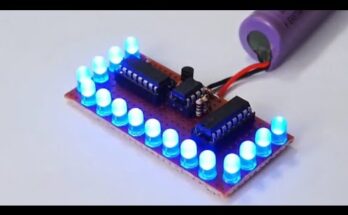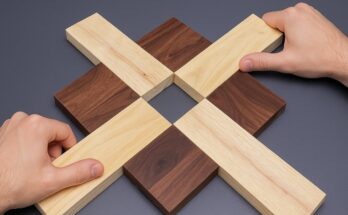Creating a DIY electronic project using LEDs (Light Emitting Diodes) is one of the most exciting and educational ways to explore the world of electronics. LEDs are small, inexpensive, and versatile components that can be used to make creative inventions such as decorative lights, indicators, or even interactive art. A simple LED project helps beginners understand basic electrical concepts like current, voltage, resistance, and polarity.
One of the easiest projects to start with is an LED blinking circuit. This can be made using a few basic components: an LED, a resistor, a breadboard, a power source (such as a 9V battery or USB), and a small microcontroller like an Arduino. The resistor is important because it limits the current flowing through the LED to prevent it from burning out. When connected properly, the Arduino can be programmed to make the LED blink at different speeds, creating a fun and eye-catching light pattern.
For a more advanced DIY invention, multiple LEDs can be arranged to form a light display or mood lamp. By using RGB LEDs, which can emit red, green, and blue light, you can create millions of color combinations. Adding a microcontroller allows you to control brightness and color transitions, making the project dynamic and customizable. Some projects even include motion sensors or sound detectors to make the lights respond to movement or music.
Besides being a fun hobby, building LED projects teaches important problem-solving and technical skills. It encourages creativity and innovation, allowing inventors to turn simple ideas into functional, glowing masterpieces. Whether you are making a night lamp, digital signboard, or artistic installation, LEDs open endless possibilities for experimentation and learning in electronics.


